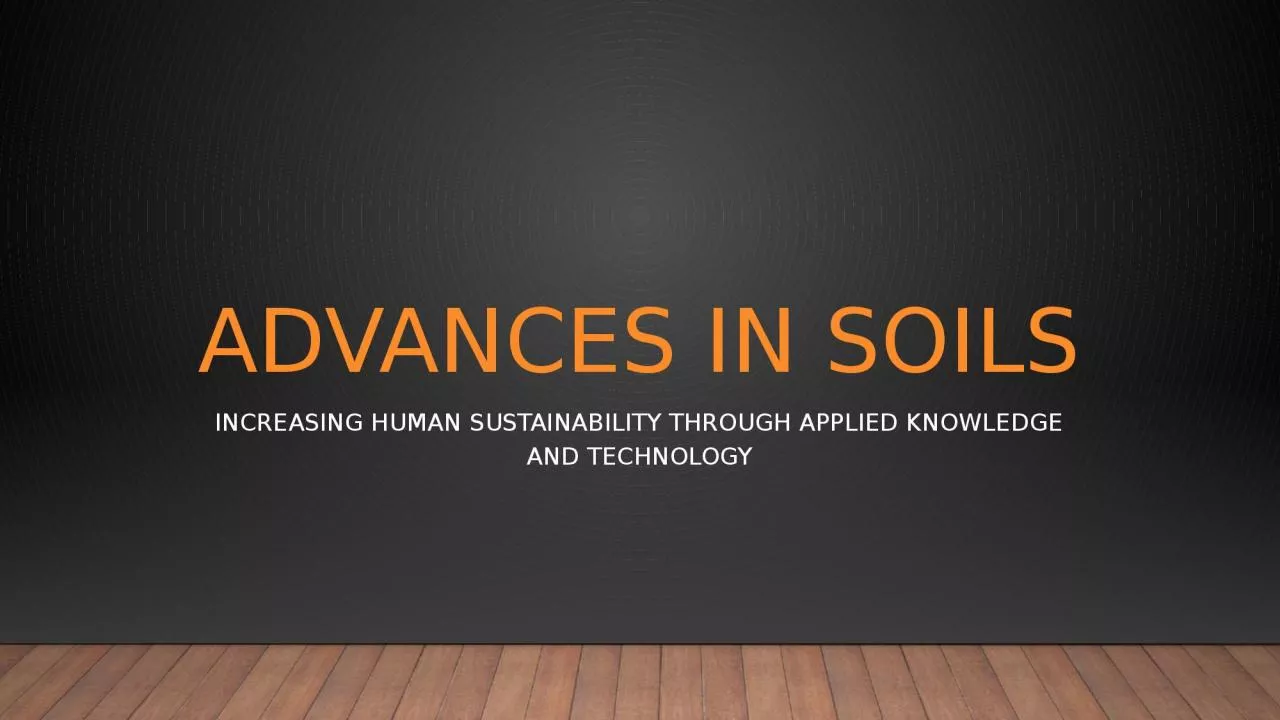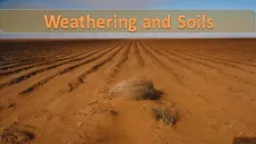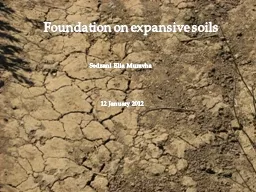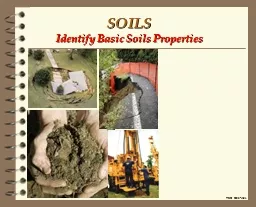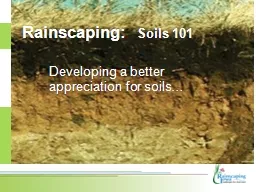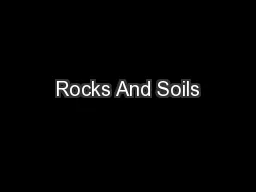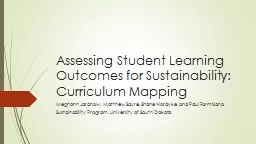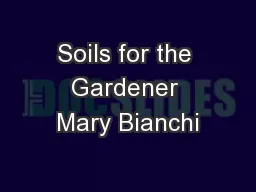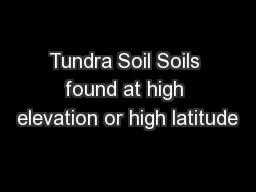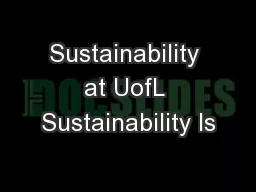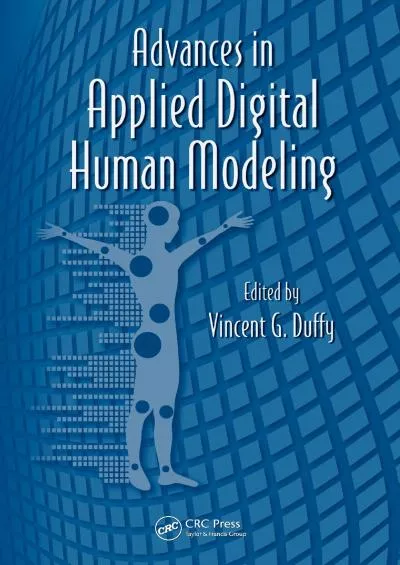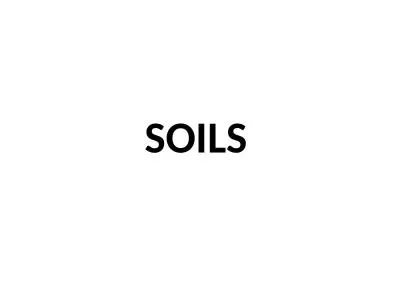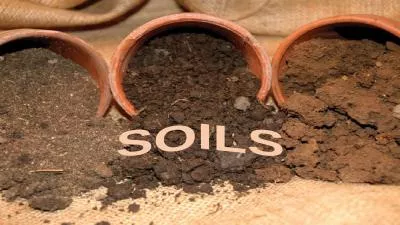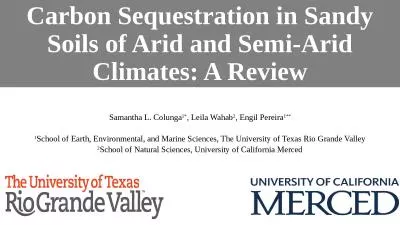PPT-Advances in soils Increasing Human sustainability through applied knowledge and technology
Author : samantha | Published Date : 2023-10-28
Jim Akin BS in Agriculture SFASU 1978 MS in Soil Science Texas AampM 2001 Emphasis Environmental Soil Science 23 years of research and practice in soil science Disclaimer
Presentation Embed Code
Download Presentation
Download Presentation The PPT/PDF document "Advances in soils Increasing Human susta..." is the property of its rightful owner. Permission is granted to download and print the materials on this website for personal, non-commercial use only, and to display it on your personal computer provided you do not modify the materials and that you retain all copyright notices contained in the materials. By downloading content from our website, you accept the terms of this agreement.
Advances in soils Increasing Human sustainability through applied knowledge and technology: Transcript
Download Rules Of Document
"Advances in soils Increasing Human sustainability through applied knowledge and technology"The content belongs to its owner. You may download and print it for personal use, without modification, and keep all copyright notices. By downloading, you agree to these terms.
Related Documents

